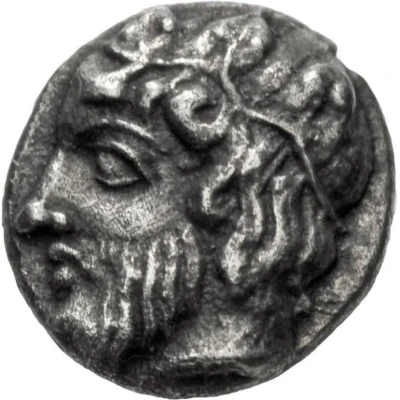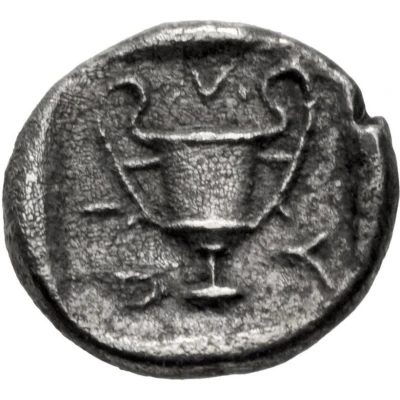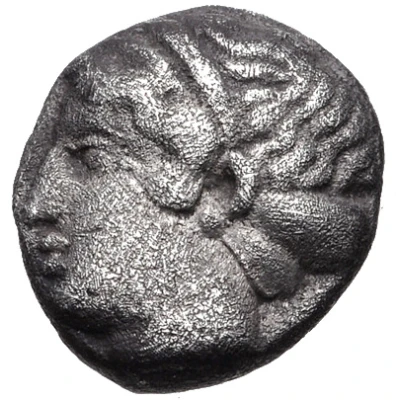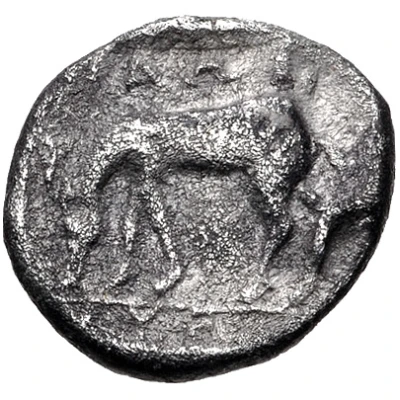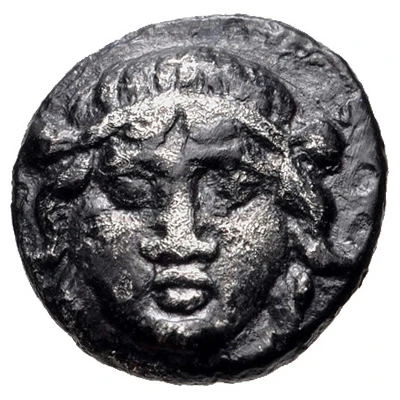
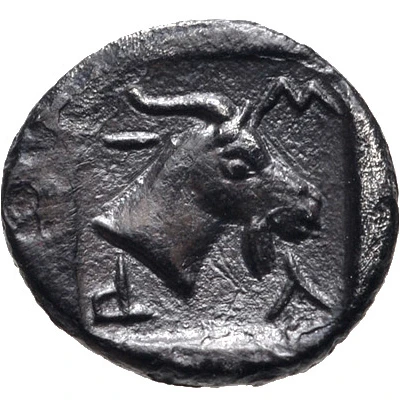

© Classical Numismatic Group, Inc.
Obol 400 BC - 300 BC
| Silver | 0.62 g | 7.0 mm |
| Issuer | Myrhina (Aeolis) |
|---|---|
| Type | Standard circulation coin |
| Years | 400 BC - 300 BC |
| Value | Obol (⅙) |
| Currency | Drachm |
| Composition | Silver |
| Weight | 0.62 g |
| Diameter | 7.0 mm |
| Shape | Round (irregular) |
| Technique | Hammered, Incuse |
| Orientation | Variable alignment ↺ |
| Demonetized | Yes |
| Updated | 2024-10-09 |
| Numista | N#143752 |
|---|---|
| Rarity index | 100% |
Reverse
Head of a goat facing right within incuse square
Script: Greek
Comment
Traité II 2083.
Interesting fact
The Obol coin was used as a form of currency in ancient Greece, specifically in the city-state of Myrhina in Aeolis, and it was made of silver. The coin weighed 0.62 grams and had a distinctive design, featuring the head of a lion on one side and an inscription on the other. The lion was a symbol of strength and power, reflecting the importance of the city's military and economic prowess. The inscription on the coin included the name of the city and the ruling authority, which helped to establish its authenticity and value. The use of the Obol coin as a medium of exchange and a symbol of status and power demonstrates the advanced economic and political systems of ancient Greece.
Price
| Date | Mintage | VG | F | VF | XF | AU | UNC |
|---|---|---|---|---|---|---|---|
| ND (400 BC - 300 BC) | - | - | - | - | - | - |
Values in the table are based on evaluations by sales realized on Internet platforms. They serve as an indication only for Obol (400 BC - 300 BC) coin.
